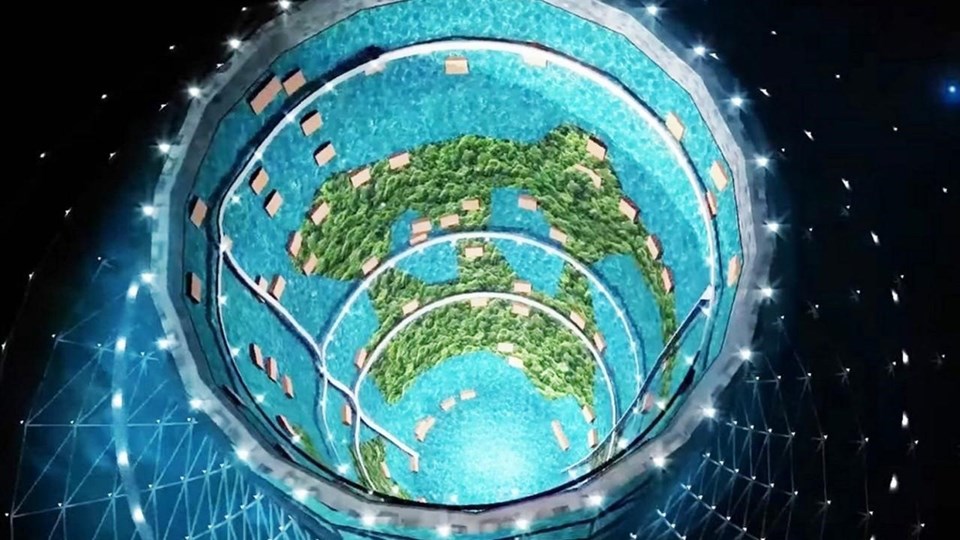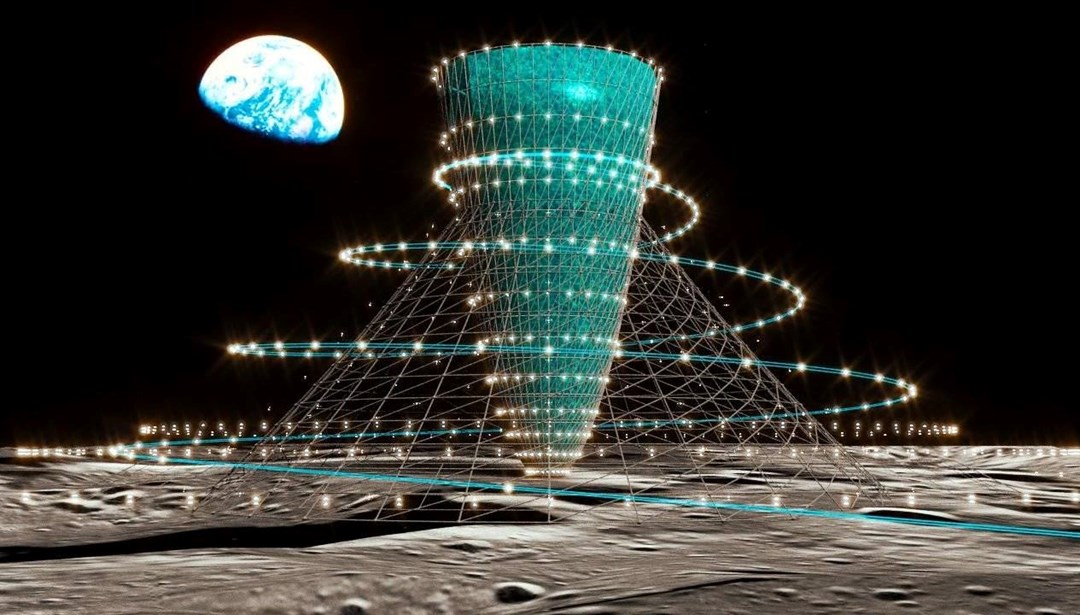More than 50 years of space exploration have taught us that microgravity can wreak havoc on astronauts’ bodies, causing weak bones, muscle loss, and vision problems.
Gravity is not as weak on the Moon and Mars as it is in space, but much weaker than on Earth. The Moon has one-sixth of Earth’s gravity, and Mars one-third of it.
Before sending people to live in both places for long periods of time, they need to figure out how to protect their health.
–
GIANT FACILITY FOR ARTIFICIAL GRAVITY
According to the information in TRT News, researchers from Kyoto University and Japanese construction company Kajima Corp. have announced their plans to develop and build life facilities on the Moon and Mars with artificial gravity.
Called Luna Glass and Mars Glass, each facility will be in the form of a gigantic hollow cone over 450 meters tall.
As the cone rotates, the centrifugal force will push everything inside them against the inner walls. The researchers believe that by obtaining the exact rotational speed (one rotation every 20 seconds), they can match this centrifugal force with the force of gravity on Earth. The people inside the cone will then be able to walk on the inner walls, just as they would on the Earth’s surface.

–
GRAVITY IS JUST BEGINNING
Creating artificial gravity on the Moon and Mars is only the first part of the Japanese team’s plan.
They also want to build “mini-core biomes” in Luna Glass and Mars Glass that mimic Earth’s aquatic and forest ecosystems, and a transportation system with a “space train” that lets people enjoy artificial gravity as they travel between Earth, Mars and the Moon. .
CAN LAST 100 YEARS
The researchers aim to build a prototype of Luna Glass on the Moon by 2050, but said at a press conference on July 5 that they expect it will take at least 100 years to realize their full plans.
–


